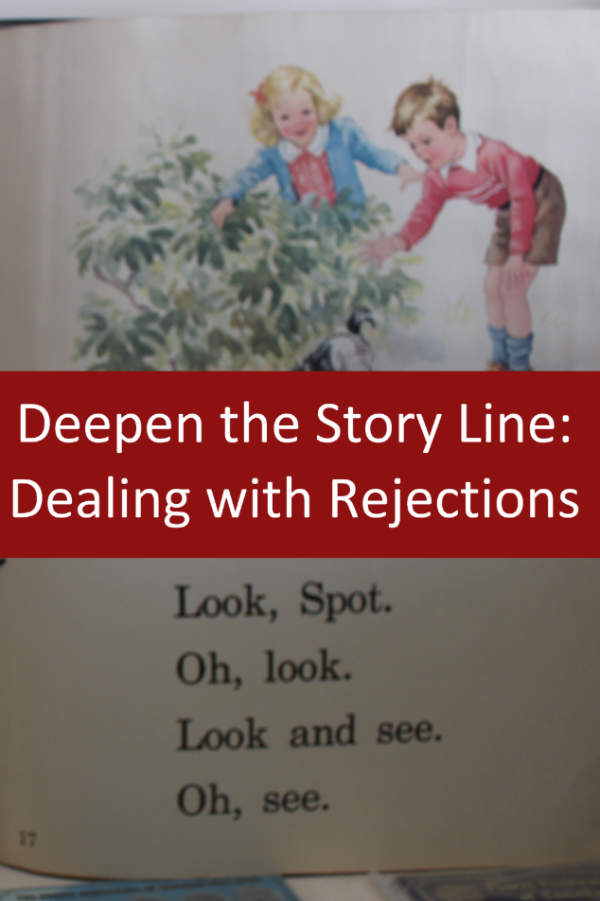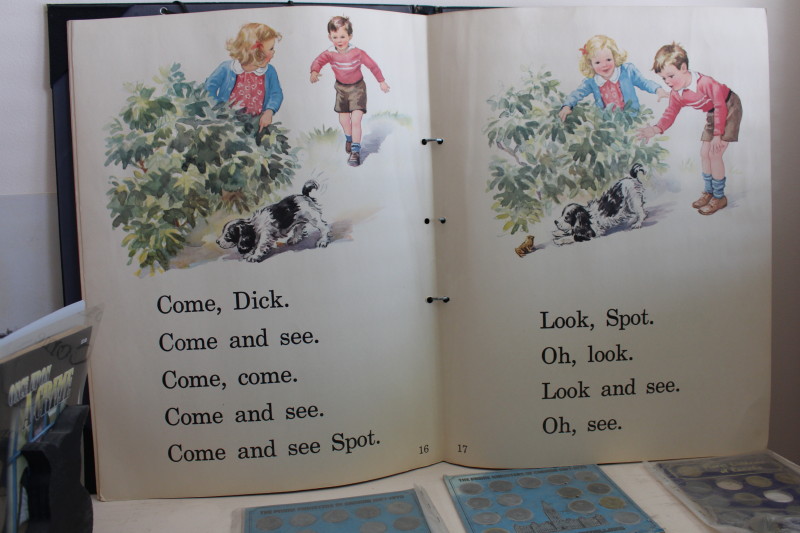This past week I received a rejection email from a magazine for a short story I’d submitted six months ago. I’d forgotten I’d submitted it. Sometimes submissions never receive a response. What was more of a surprise than the letter itself was that the letter contained feedback, a very rare thing indeed. It was not simply a standard form letter.
The letter said, “Our editors found that your writing was very strong and that you developed your characters well, but there was something missing. We encourage you to revise your plot and deepen the story line.”
I was pleased to read they thought the characters were well-developed. That’s something I think I don’t always do well. In the case of this story, it was the characters which had most fascinated me. They had developed in my mind into very real people. The relationship of the two main characters was what I wanted to explore in the story.
Now I am thinking about and researching into story structure and plot.
I’ve seen story structure defined in different ways. Gustav Freytag’s five-stage story structure consists of exposition (introduction to character and setting), rising action (events complicating things for the main characters), climax (where characters face their opposition and win or lose), falling action (events resulting from the climax), and resolution (tying up loose ends). Another five-point structure is defined by inciting incident, rising action/increased tension, crisis moment, climax, and resolution.
Algis Budrys defines story structure as a character in a situation with a problem who repeatedly tries to solve the problem but usually fails, often making matters worse, and, at the climax, makes a final attempt, either succeeding or failing. Following the climax, the result is validated in a way which makes it clear to the reader it was a final result.
Another structure begins with a protagonist being faced with a challenge he/she initially refuses to respond to but is then forced to accept. Most story structure models involve a main character working toward a goal and facing opposition, either internal or external. It is that conflict which creates tension that keeps the story interesting.
In the case of my story, I did craft it around a structure. I consciously built in conflict. But I must admit the underlying plot drivers are weak. The inciting incident does not lead to strong enough rising action or conflict. I created a situation solely to tell the characters’ backstories.
I’ve always found story structure easier to comprehend and apply in longer works, book-length stories or novellas. It is a greater challenge in short stories, and a very great challenge in a short short story. During my recent research, I came across an article which suggested it is not always necessary in short stories to show every step, although they must be mentioned or implied. Of course, that leads to the question of which scenes are shown in detail in the story and which are alluded to or implied.
Since my rejection letter, I’ve been pondering what I could do to change the plot, what different situation I could create to deepen the story. It now occurs to me that I don’t need to create any situation. The heart of the story exists in the characters’ backstories. There is already conflict and climax there. That is the story I really want to tell. I need to back up the story a few years and drop the situation I created solely to tell the backstory. Something else I read during my research suggested letting the characters drive the plot. Perhaps, that is what I’m doing. Whether this will result in a stronger story or not is yet to be seen. I have a lot of work to do. But it feels like a more natural story.
How do you handle plot and story structure in a short story?


Tight focus on the POV character, what the character wants–in perception and in reality, and what stands in the way. I focus on ampiing up the action around the barriers around the conflicts. Love your clear description of story structure.
Thanks Sydney. Backing up the story allows me to focus more tightly on what the character wants and what stands in the way. Now I need to stop thinking about it and get to work.
I’ve struggled with plotting quite a bit. It’s gone a bit better since I realized my protagonist in my long-languishing novel wasn’t doing much to drive the action of the story. Things were happening to her and she was too passive. More and more though, I need to concede though that perhaps I’m better cut out to write narrative nonfiction.